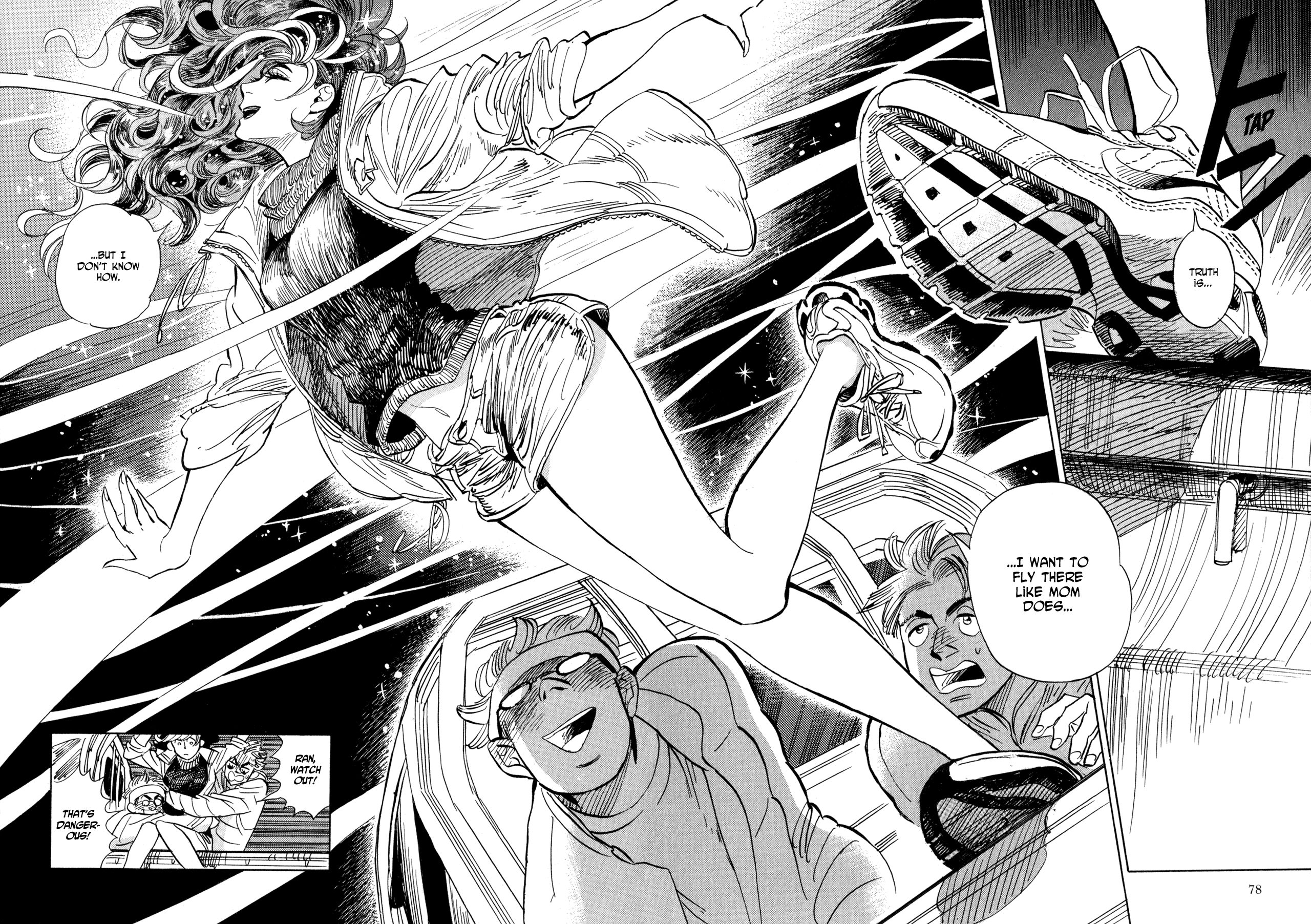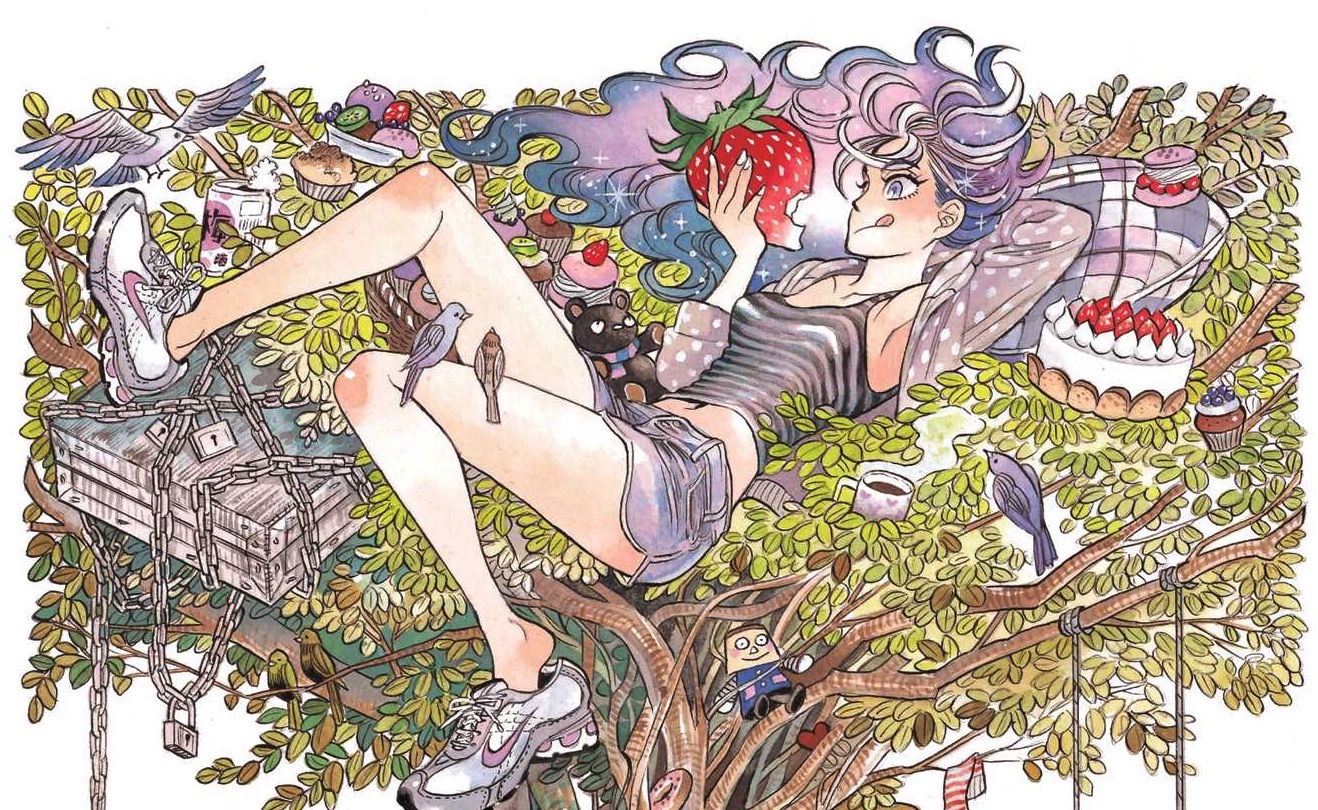This review of Ran and the Gray World dives into the magical highs and frustrating lows of volumes two and three. From enchanting artwork to questionable character dynamics, I explore how the series balances beauty with discomfort, and why readers on ComicK might come away both dazzled and disheartened.
I first stumbled upon Ran and the Gray World while browsing through ComicK, and honestly, it felt like rediscovering a hidden gem. ComicK makes reading smooth and effortless, which gave me the perfect setting to immerse myself in Ran’s world of magic, love, and the messy chaos of growing up.
But as I journeyed deeper into volumes two and three, I found myself torn enchanted by the beauty of the art, yet unsettled by the narrative choices. This is not just a simple “I loved it” or “I hated it” review; it’s more like opening up about a complicated relationship that had me smiling one moment and frowning the next.
The Shift in Storytelling
One of the biggest surprises for me was how the focus shifted from Ran herself to other storylines. At first, I was excited world expansion usually means more depth. Her brother Jin’s arc, for instance, had genuine emotional pull and gave me a fresh perspective on their magical family dynamics. But soon I felt like Ran’s presence, which carried the magic of volume one, was slipping through my fingers.
The second volume almost felt like a “middle child” in a trilogy: it worked hard to set up pieces, but didn’t fully deliver on the tension or payoffs. That left me slightly unsatisfied, like biting into a beautiful cake only to realize the filling was missing. For a story that had such a strong start, this stumble felt noticeable.
And yet, even with these pacing issues, there was a charm in the way new characters came to life. It was as though the author was testing different doors in this magical house, even if not all of them led somewhere exciting.
Ran’s Struggles and Otaro’s Problematic Role

When the narrative finally swung back toward Ran, I thought, “Here we go, this is what I’ve been waiting for.” Unfortunately, what followed left me conflicted. Ran’s attempts to rescue Otaro from his enchanted slumber should have been touching, but the execution took a darker turn. Otaro’s behavior turning dreamscapes into awkwardly sexualized scenarios made me cringe more than once.
It was hard for me to reconcile the magical innocence of Ran with scenes that reduced her to fanservice. This isn’t just me being overly sensitive; it actively chipped away at the heart of the story. Instead of rooting for her rescue mission, I found myself questioning why this relationship arc was even being pushed forward.
And yet, Ran’s emotional journey her confusion, vulnerability, and determination still felt real. That’s the frustrating part: there’s brilliance buried under uncomfortable storytelling choices, and as a reader, I wanted more of the former and less of the latter.
Jin’s Storyline: A Hidden Strength
If there’s one saving grace in these volumes, it’s Jin’s storyline. As Ran’s brother, part human and part wolf, he embodies both loyalty and wildness. His quest for love was surprisingly tender, layered with complexities that reminded me of stories outside the fantasy genre almost like reading a bittersweet romance wrapped inside a supernatural shell.
Through Jin, I felt a stronger sense of emotional grounding compared to Ran and Otaro’s mess. He reminded me of that quiet sibling in every family who carries burdens silently, only for us to realize later how deeply they’ve been fighting their own battles. His arc gave me a reason to keep turning the pages, even when other parts frustrated me.
By the time I finished his chapters, I almost wished the series had leaned more heavily on him. It’s ironic that a “side story” ended up feeling more alive than the main one.
The Art: Beauty That Can’t Be Ignored
I won’t sugarcoat my feelings about the story, but I have to admit the art is breathtaking. The fluidity of motion, the way characters’ personalities are etched into their designs, the magical creatures that feel as though they could crawl right off the page it’s the kind of artistry that makes you pause just to admire the panels.
In volumes two and three, the artist’s growth is evident. Everything flows more naturally, and I could almost feel the wind rushing through Ran’s magical escapades. Even when the plot faltered, the visuals kept me engaged, like a beautiful song playing in the background of a messy movie.
That said, art can only carry a story so far. No matter how stunning the imagery, it can’t completely mask the narrative choices that left me unsettled. It’s like being served fine wine alongside a meal you didn’t particularly enjoy you’ll still appreciate the drink, but the overall taste lingers oddly.
Reading Experience on ComicK
I can’t end this review without circling back to my experience reading on ComicK. The platform made everything smoother the loading was instant, the quality crisp, and most importantly, free access meant I could explore Ran’s journey without second-guessing. Having such a reliable reading experience matters, especially with a story as layered and sometimes confusing as Ran and the Gray World.
ComicK gave me the chance to not just read, but also reread certain sections when I felt torn about how I felt. That accessibility allowed me to reflect, reconsider, and ultimately form this honest review. It’s a subtle advantage, but one that made a huge difference in how I processed the story.
In a way, my journey with Ran mirrors my journey with ComicK itself: smooth, immersive, but not without a few moments of pause and reflection.

A Tale of Beauty and Discomfort
If I had to sum up volumes two and three of Ran and the Gray World, I’d say they’re both dazzling and disappointing. The world building expands, the art grows richer, and certain character arcs like Jin’s shine brightly. But the uncomfortable treatment of Ran’s character and the lack of narrative tension left me uneasy.
Would I recommend it? Yes, but with caution. If you fell in love with volume one, prepare for a bumpier ride ahead. This isn’t the kind of story you breeze through with pure joy it’s one you wrestle with, sometimes against your will.
And yet, maybe that’s part of its magic: a reminder that even in fantasy worlds, not everything unfolds the way we want it to. Sometimes, we’re left with questions, discomfort, and beauty all tangled together.
Read more:
- Jigokuraku Review Unravel Ninja Assassin Dark Journey
- Explore Jujutsu Kaisen A Dark Exciting Shonen Adventure
